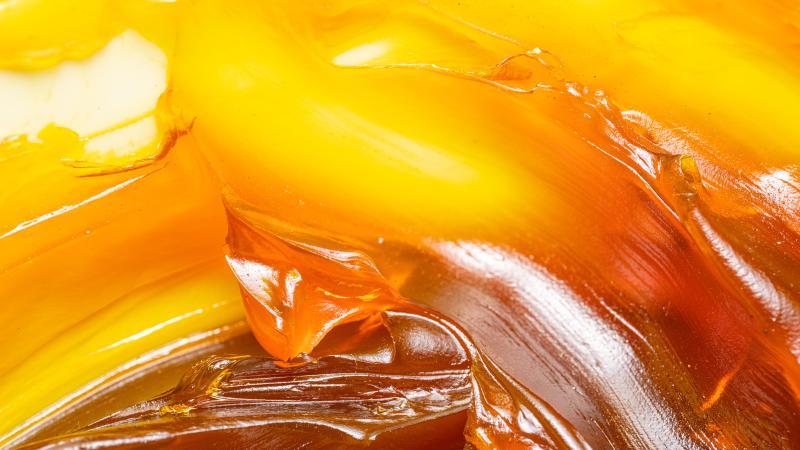
Grease Transfer Pumps: Solutions for Efficient Grease Handling
05-13-2025
Grease is an essential component in various industries, ensuring that machinery and equipment operate smoothly. A grease transfer pump plays a crucial role in the efficient handling of grease, whether for automotive, industrial, or other applications. Here we will explore the characteristics of grease, the challenges associated with pumping it, and the grease transfer…
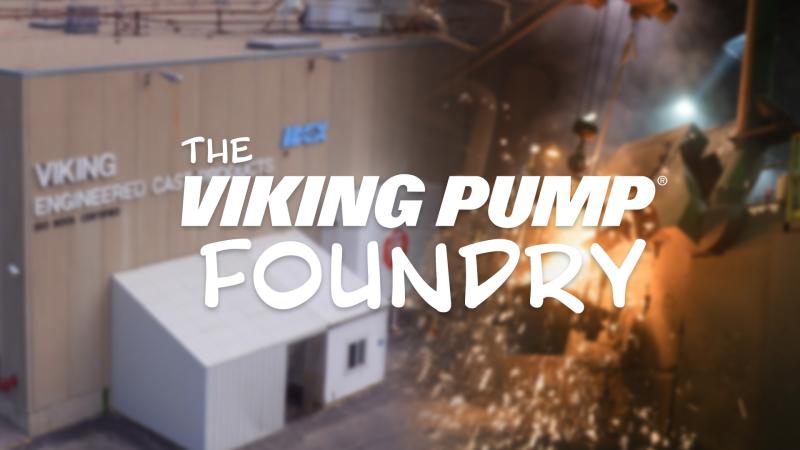
Exploring Viking Pump's Foundry: A Leader in Manufacturing Gear Pumps
04-14-2025
Welcome to the Viking Pump foundry in Cedar Falls, Iowa, where we’ve been at the forefront of manufacturing gear pumps for decades. Our foundry is a cornerstone of our vertical integration capabilities, allowing us to produce castings and parts at speed.
Robyn Watson
Sr. Marketing Coordinator
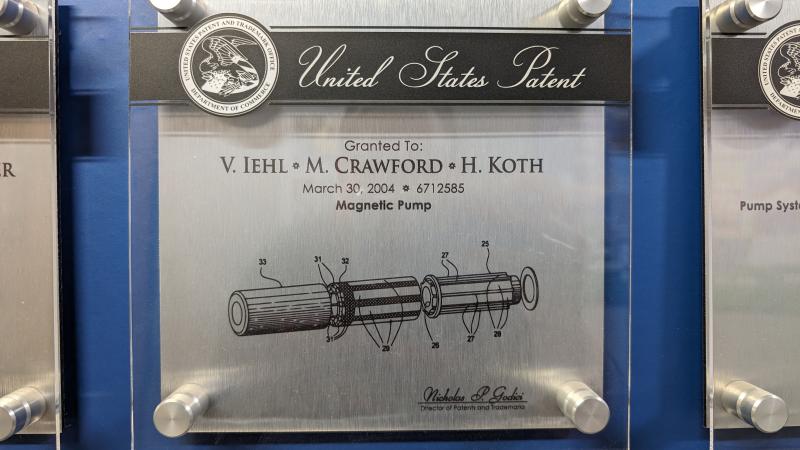
Universal Mag Drive, The Sealless Upgrade That Prevents Leakage and Fugitive Emissions
5 minutes
03-25-2025
Viking Pump invented, patented and manufactured the very first sealless mag drive rotary positive displacement (PD) pumps in the world, and developed several series over time for different applications, including the first generation 825, 895 and 855 ™ internal gear pumps.
Of these first generation mag drive pumps, all had different footprints from their…
John Hall
Pump Consultant

Bitumen vs Asphalt: Key Differences and Gear Pump Selection
02-25-2025
The terms bitumen and asphalt are often used interchangeably, but they are two completely different materials, causing confusion inside and outside the industry. Throw in regional differences in meaning and language, and it’s time to set the record straight, along with tips on bitumen pump selection.
John Hall
Pump Consultant
NPSH Visualized
02-11-2025
If you’ve ever fallen asleep reading pump texts about NPSH, you’re not alone. But here’s an easy-to-understand, graphical approach to ensuring your calculations.
John Hall
Pump Consultant

Distributor Spotlight | Michael Smith Engineers Ltd.
01-14-2025
Viking Pump is proud to have Michael Smith Engineers (MSE) as a distributor in Great Britain. The company has a solid reputation as one of the GB's leading pump specialists, providing solutions for difficult liquid handling since 1971. With a broad range of experience and ISO 9001 accreditation by NQA Ltd since 1994...

Four Ways to Source Hygienic Pumps
01-07-2025
There are really four main types of suppliers of hygienic, or sanitary pumps for food and pharmaceutical applications. There is no…
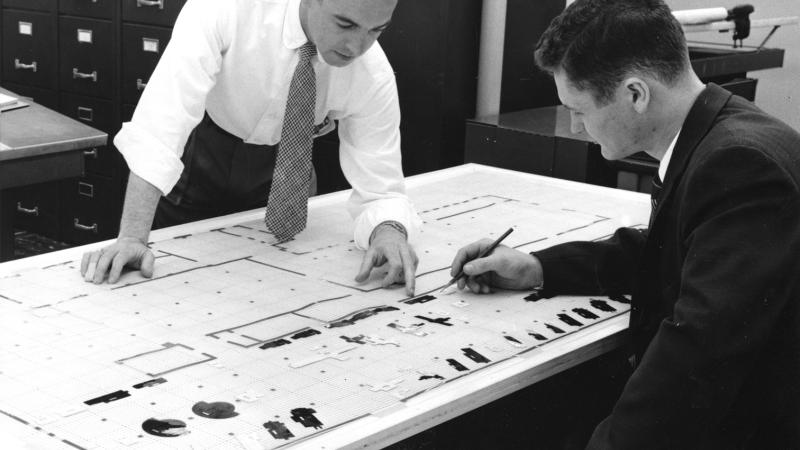
Revolutionary to Evolutionary: A brief history of the Viking Pump® internal gear pump
12-23-2024
In the early 20th century industrial innovation was accelerating. And as Henry Ford developed his Model T and the Wright Brothers were unlocking the secrets to manned flight, a Danish immigrant named Jens Nielsen was working on an invention of his own. Nielsen’s internal gear pump was intended to be used to lift water from his quarry but soon others found uses for his pump…
Chad Wunderlich
Distributor Development Manager
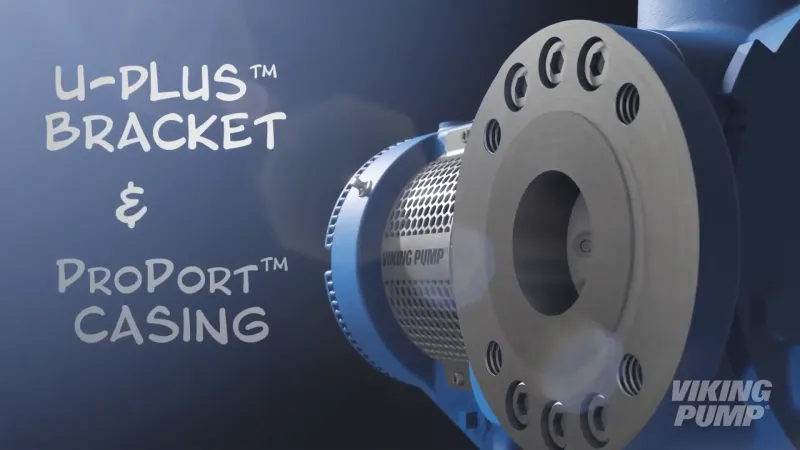
Exploring the Versatility of the U-Plus™ Bracket and ProPort™ Casing in Gear Pumps
01-21-2025
At Viking Pump, innovation is at the forefront of what we do. With the introduction of the U-Plus™ Bracket and ProPort™ Casing, we are redefining the capabilities of our internal gear pumps. These advancements are not just about new technology; they are about providing flexibility…
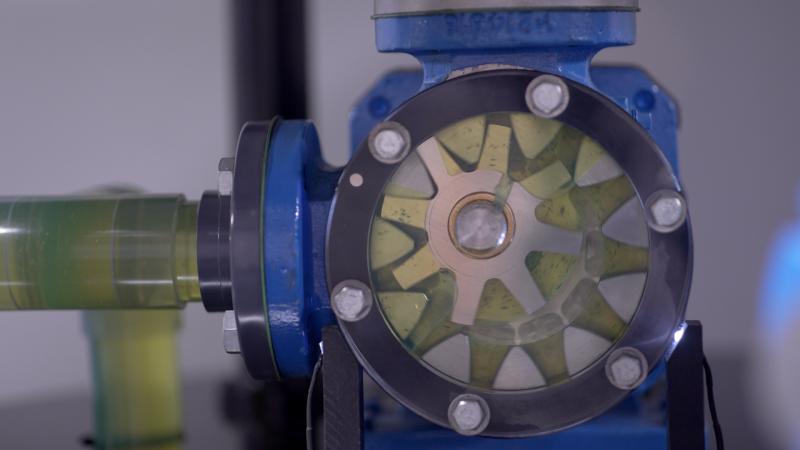
Understanding Internal Gear Pumps: How They Work and Their Benefits
11-19-2024
Discover how internal gear pumps work, their key features, and their advantages across various industries. Learn why they're the preferred choice for fluid handling.
John Hall
Pump Consultant